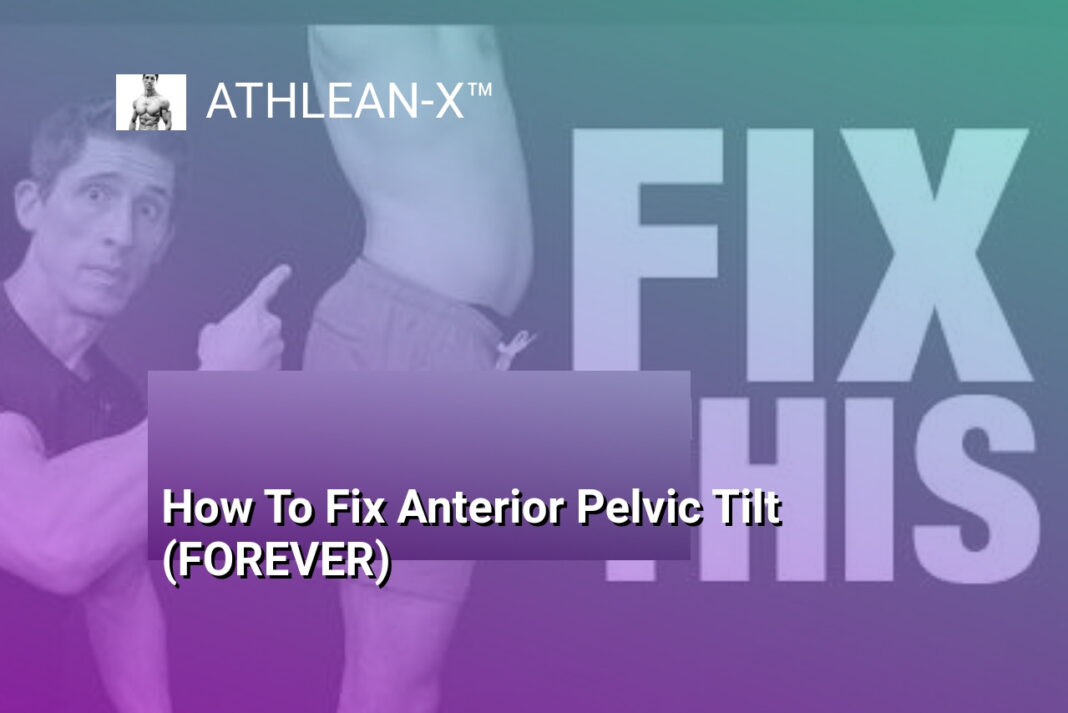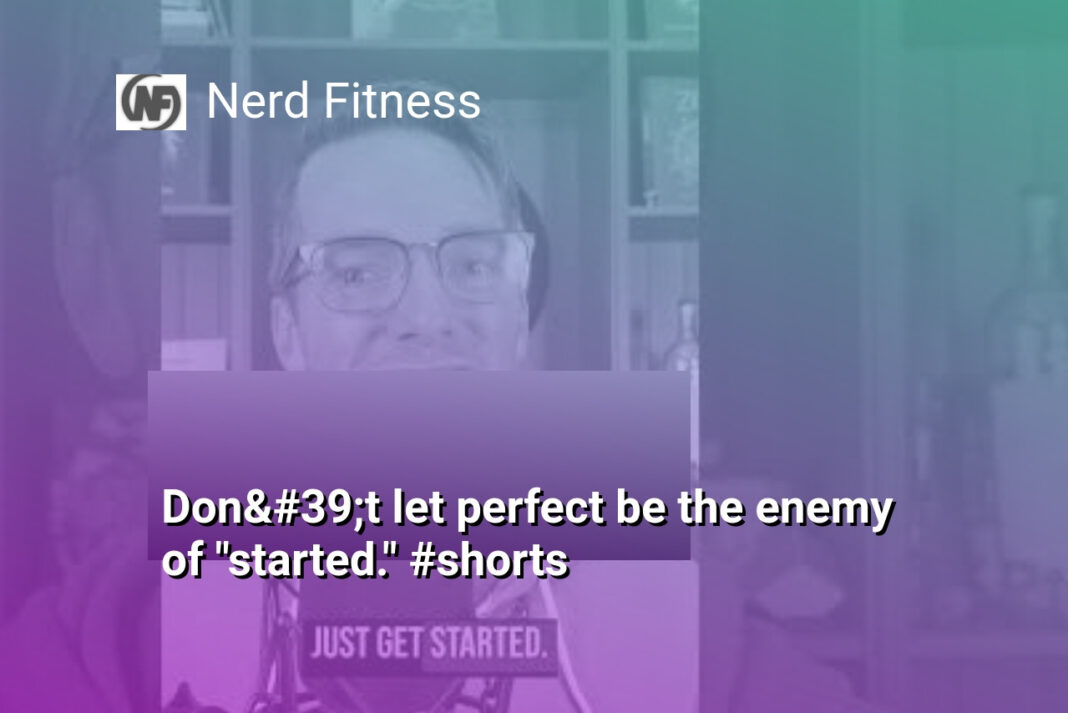The Bottom Line:
- The CD cable row is a versatile back exercise that can target different muscles by adjusting the grip and pull technique.
- A narrow grip with elbows close to the body focuses on the lats, with the pull point just above the navel.
- A wide grip with elbows high and wide targets the upper back muscles, such as the rhomboids, rear delts, and middle traps, with the pull point at the lower chest line.
- Regardless of the grip, getting a good stretch at the bottom of each rep can enhance the hypertrophy benefits and overall gains.
- Understanding these variations allows you to strategically target and develop different areas of the back for a more comprehensive workout.
The Versatility of the CD Cable Row
Unlocking the Versatility of the CD Cable Row
The CD cable row is a versatile exercise that allows you to target different muscle groups within the back by simply adjusting your grip and pull mechanics. This exercise is a staple in many strength training programs due to its ability to effectively engage the lats, upper back, and other key muscles responsible for a well-developed and powerful back.
Targeting the Lats with a Narrow Grip
When performing the CD cable row with a narrow grip, just inside the knurling of the bar, you’ll find that the focus shifts to the latissimus dorsi, or lats. By keeping your elbows close to your body during the pull, you’ll be able to better isolate and activate these large, powerful muscles. The pull point for this variation should be just above your navel, allowing you to maintain a tight, controlled movement and keep the elbows low throughout the exercise.
Emphasizing the Upper Back with a Wide Grip
On the other hand, if you opt for a wider grip, just inside the bend of the bar, the focus will shift to the upper back muscles, such as the rhomboids, rear delts, and middle traps. With this grip, you’ll want to pull with your elbows high and wide, bringing the bar to your lower chest line. This variation targets the often overlooked upper back muscles, which play a crucial role in overall back development and posture.
Regardless of the grip you choose, it’s essential to focus on maintaining a good stretch at the bottom of each repetition. This eccentric phase of the movement not only enhances muscle hypertrophy but also helps to improve the overall range of motion and engagement of the target muscles. By incorporating both narrow and wide grip variations of the CD cable row into your back training routine, you can unlock the full potential of this versatile exercise and achieve a well-rounded, powerful, and aesthetically pleasing back.
Targeting the Lats with a Narrow Grip
Maximizing Lat Activation with a Narrow Grip
When it comes to targeting the lats during the CD cable row, a narrow grip can be a game-changer. By grabbing the bar with your hands just inside the knurling, you can shift the focus of the exercise to your lats, allowing you to fully engage these powerful muscles.
The key to this variation is to keep your elbows close to your body as you pull. Rather than flaring your elbows out wide, focus on keeping them tucked in, almost as if you’re trying to touch your elbows together behind your back. This subtle change in elbow positioning places greater emphasis on the lats, as they are the primary movers in this movement.
Your pull point should be just above your navel, which helps to ensure that your elbows remain low and tight to your sides throughout the movement. This positioning allows you to maximize the contraction of the lats, leading to greater muscle fiber recruitment and, ultimately, more impressive back development.
Achieving a Powerful Lat Stretch
In addition to the narrow grip and elbow positioning, it’s crucial to focus on achieving a full stretch of the lats at the bottom of each rep. As you extend your arms out, consciously think about lengthening your lats, allowing them to fully lengthen before initiating the next pull.
This deep stretch not only helps to improve the overall range of motion but also contributes to enhanced muscle fiber activation and growth. By emphasizing the eccentric (lowering) portion of the exercise, you can create greater time under tension, leading to more effective lat stimulation and, ultimately, more impressive back development.
Maintaining Proper Form for Maximum Gains
As with any exercise, proper form is essential for maximizing the benefits of the CD cable row with a narrow grip. Be mindful of maintaining a neutral spine throughout the movement, avoiding any excessive arching or rounding of the back. Additionally, focus on keeping your core engaged to provide a stable foundation for the exercise.
By adhering to these key principles and incorporating the narrow grip CD cable row into your back training routine, you can unlock the full potential of this exercise and experience greater lat development, leading to a more impressive and well-rounded physique.
Engaging the Upper Back Muscles with a Wide Grip
Targeting the Upper Back Muscles with a Wider Grip
The CD cable row is a versatile exercise that allows you to target different muscle groups in your back by simply adjusting your grip width. When you use a wider grip, just inside the bend of the bar, you can effectively engage the upper back muscles, including the rhomboids, rear delts, and middle traps.
As you pull the weight, focus on keeping your elbows high and wide, rather than tucked close to your body. This subtle change in elbow positioning helps to shift the emphasis of the movement to the upper back region. The pull point should be at the lower chest line, rather than the navel as in the narrow grip variation.
By widening your grip, you’ll notice a greater contraction and activation in the upper back muscles. This is due to the increased range of motion and the different biomechanics involved in the movement. The wider grip places more stress on the middle and upper back, helping to develop a well-rounded and balanced physique.
Maximizing Muscle Engagement with Proper Technique
To ensure that you’re effectively targeting the upper back muscles, pay close attention to your form and technique. Maintain a strong, upright posture throughout the movement, and avoid rounding or arching your back. Keep your core engaged to stabilize your torso and prevent excessive swinging or momentum.
As you pull the weight, focus on squeezing your shoulder blades together at the top of the movement. This contraction helps to fully engage the upper back muscles and maximize the benefits of the exercise. Remember to control the weight on both the concentric and eccentric phases, avoiding jerky or explosive movements.
Incorporating Variety for Balanced Back Development
While the wide grip CD cable row is an excellent exercise for targeting the upper back, it’s important to incorporate a variety of back exercises into your training routine. This helps to ensure that you’re developing all the muscles in your back, from the lats to the traps and everything in between.
Consider incorporating other cable row variations, such as the narrow grip or underhand grip, as well as compound exercises like deadlifts and pull-ups. By diversifying your back training, you’ll be able to achieve a more balanced and symmetrical physique, with impressive upper back development.
Proper Technique for Optimal Muscle Activation
Maximizing Muscle Engagement with Proper Grip and Positioning
The key to unlocking the full potential of the CD cable row lies in adopting the correct grip and body positioning. By making subtle adjustments to these elements, you can effectively target and activate different muscle groups within the back, leading to more comprehensive and balanced development.
Targeting the Lats with a Narrow Grip
When you grip the bar with a narrow grip, just inside the knurling, and pull with your elbows tucked close to your body, you’ll find that the focus shifts to the latissimus dorsi muscles. This targeted approach allows you to really emphasize the contraction of the lats, which are essential for building a broad, powerful back. Ensure that your pull point is just above your navel, as this helps to keep your elbows low and tight to your sides, further accentuating the lat-dominant movement.
Engaging the Upper Back Muscles with a Wide Grip
On the other hand, if you opt for a wider grip, just inside the bend of the bar, and pull with your elbows high and wide, you’ll shift the emphasis to the upper back muscles, such as the rhomboids, rear delts, and middle traps. This variation allows you to target these often-neglected areas, leading to a more balanced and aesthetically pleasing back development. Your pull point should be at the lower chest line, which helps to facilitate the high, wide elbow positioning.
Regardless of the grip variation you choose, it’s crucial to focus on achieving a full range of motion and a deep stretch at the bottom of each repetition. This not only enhances the hypertrophic benefits but also helps to promote greater overall gains in strength and muscle size.
Maximizing Hypertrophy Benefits through Controlled Movements
Optimizing Muscle Engagement through Controlled Grip and Pulling Mechanics
The key to maximizing hypertrophy benefits from the CD cable row lies in the subtle adjustments to your grip and pulling technique. By consciously altering these variables, you can selectively target and emphasize different muscle groups within the back.
Targeting the Lats with a Narrow Grip
When you grip the cable bar with a narrow stance, just inside the knurling, and pull with your elbows tucked close to your body, you’ll engage the latissimus dorsi (lats) to a greater degree. This pulling motion, with the elbows kept low and tight to your sides, allows you to focus the contraction on the lats. Aim to pull the bar to a point just above your navel, as this hand position and pull path will help you maintain the optimal lat engagement throughout the movement.
Emphasizing the Upper Back with a Wide Grip
Conversely, by gripping the cable bar with a wider stance, just inside the bend of the bar, and pulling with your elbows high and wide, you can shift the emphasis to the upper back muscles, such as the rhomboids, rear delts, and middle trapezius. This pulling motion, with the elbows flared out, targets the muscles responsible for scapular retraction and shoulder extension. The pull point should be at the lower chest line to effectively recruit these upper back muscle groups.
Regardless of the grip width and pulling technique, it’s crucial to maintain control and focus on the eccentric (lowering) portion of the movement. Allowing the weight to drop too quickly can diminish the hypertrophic stimulus and increase the risk of injury. By emphasizing a slow, controlled lowering phase, you’ll maximize the time under tension and promote greater muscle growth.





